Best Practices for Implementing Quality Assurance in Packaging
Baraka • November 21, 2024
Best Practices for Implementing Quality Assurance in Packaging
Introduction
In today's fast-paced market, ensuring the quality of packaging is not just an afterthought—it's a necessity! Packaging quality assurance (QA) is crucial for maintaining product integrity, ensuring customer satisfaction, and complying with regulations. This article will guide you through the best practices for implementing an effective quality assurance program in packaging.
Understanding Quality Assurance in Packaging
Definition of Quality Assurance
Quality assurance in packaging refers to the systematic process of ensuring that packaging materials and processes meet specified standards before products reach consumers. It involves everything from material selection to final inspections, aiming to prevent defects and ensure safety.
Importance of Quality Assurance in Packaging
Why is QA so vital? Well, think about it: the packaging is the first thing consumers see, and it protects the product inside during transit and storage. If the packaging fails, it can lead to damaged goods, dissatisfied customers, and even legal issues! By prioritizing quality assurance, companies can enhance their reputation and build trust with consumers.
Key Components of a Quality Assurance Program
Material Selection
Choosing the right materials is foundational to quality assurance in packaging. Materials must be durable, safe, and appropriate for the product they contain. For instance, food packaging needs to be non-toxic and resistant to moisture.
Process Control
Implementing strict process controls ensures that every step of the packaging process adheres to established standards. This includes monitoring production conditions and maintaining equipment to prevent defects.
Final Product Inspection
Before products leave the facility, thorough inspections are necessary to catch any potential issues that could compromise quality or safety.
Developing a Quality Assurance Strategy
Setting Clear Objectives
A successful QA program starts with clear objectives that align with overall business goals—whether it's reducing waste, improving customer satisfaction, or ensuring compliance with regulations.
Identifying Key Performance Indicators (KPIs)
Tracking KPIs helps measure the effectiveness of your QA efforts over time, allowing you to make data-driven decisions for continuous improvement.
Training and Empowering Staff
Importance of Training
Investing in employee training is essential for fostering a culture of quality within your organization. Well-trained staff are more likely to recognize potential issues before they escalate.
Creating a Culture of Quality
Encouraging open communication about quality issues can empower employees at all levels to take ownership of their roles in maintaining high standards.

Utilizing Technology for Quality Assurance
Automation in Quality Control
Automation can streamline many QA processes, from inspections to data collection, reducing human error and increasing efficiency.
Data Analytics for Continuous Improvement
Leveraging data analytics allows companies to identify trends and areas for improvement within their QA processes, leading to better decision-making.
Conducting Regular Audits and Assessments
Internal Audits
Regular internal audits help ensure compliance with established standards and identify areas where improvements are needed.
External Certifications
Obtaining certifications from recognized organizations can enhance credibility and demonstrate commitment to quality assurance.
Implementing a Feedback Loop
Gathering Customer Feedback
Listening to customer feedback provides valuable insights into how well your packaging meets their needs and expectations.
Using Feedback for Improvement
By analyzing feedback, companies can make informed adjustments to their packaging processes, enhancing overall quality.
Common Challenges in Quality Assurance Implementation
Resistance to Change
Implementing new QA practices may face resistance from employees accustomed to existing processes; effective communication is key to overcoming this hurdle.
Resource Limitations
Limited resources can hinder the implementation of a robust QA program; however, prioritizing key areas can lead to significant improvements without overwhelming the budget.
Case Studies of Successful Implementation
Company A: A Leader in Packaging Quality
Company A implemented a comprehensive QA program that resulted in a significant reduction in product returns due to packaging defects, showcasing the importance of effective quality assurance.
Company B: Overcoming Challenges with QA
Company B faced initial resistance when introducing new QA protocols but ultimately succeeded by providing thorough training and demonstrating the benefits through improved customer satisfaction.
Future Trends in Packaging Quality Assurance
Sustainability and Eco-Friendly Practices
As consumers become more environmentally conscious, incorporating sustainable practices into QA processes will be essential for future success.
Advances in Technology
Emerging technologies such as artificial intelligence and machine learning are set to revolutionize how companies approach quality assurance in packaging.
Conclusion
Implementing best practices for quality assurance in packaging is essential for safeguarding product integrity and enhancing customer satisfaction. By focusing on material selection, process control, employee training, and leveraging technology, companies can create a robust QA program that not only meets regulatory requirements but also builds trust with consumers.
What are some common materials used in packaging?
Common materials include cardboard, plastics (like PET), glass, and metal—each chosen based on product requirements.
How often should I conduct internal audits?
Internal audits should be conducted regularly—at least annually—to ensure compliance with established standards.
What role does employee training play in quality assurance?
Employee training equips staff with the knowledge needed to identify potential issues early on, fostering a culture of quality throughout the organization.
How can technology improve my quality assurance processes?
Technology can automate inspections, streamline data collection, and provide real-time monitoring—leading to greater efficiency and accuracy.
What are KPIs I should consider for my QA program?
KPIs may include defect rates, return rates due to packaging issues, compliance rates with regulations, and customer satisfaction scores related to packaging quality.



